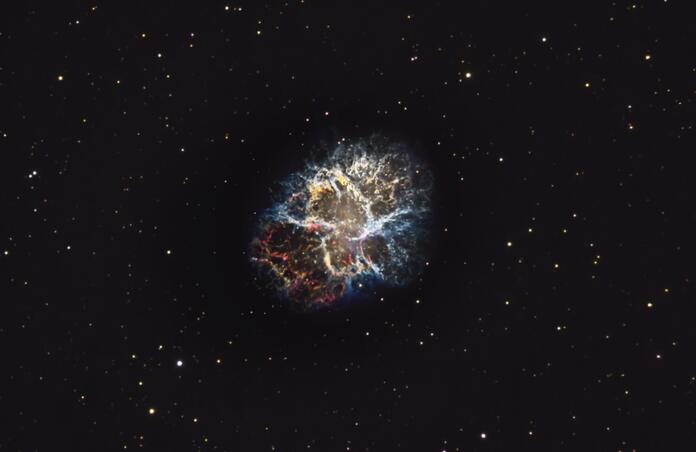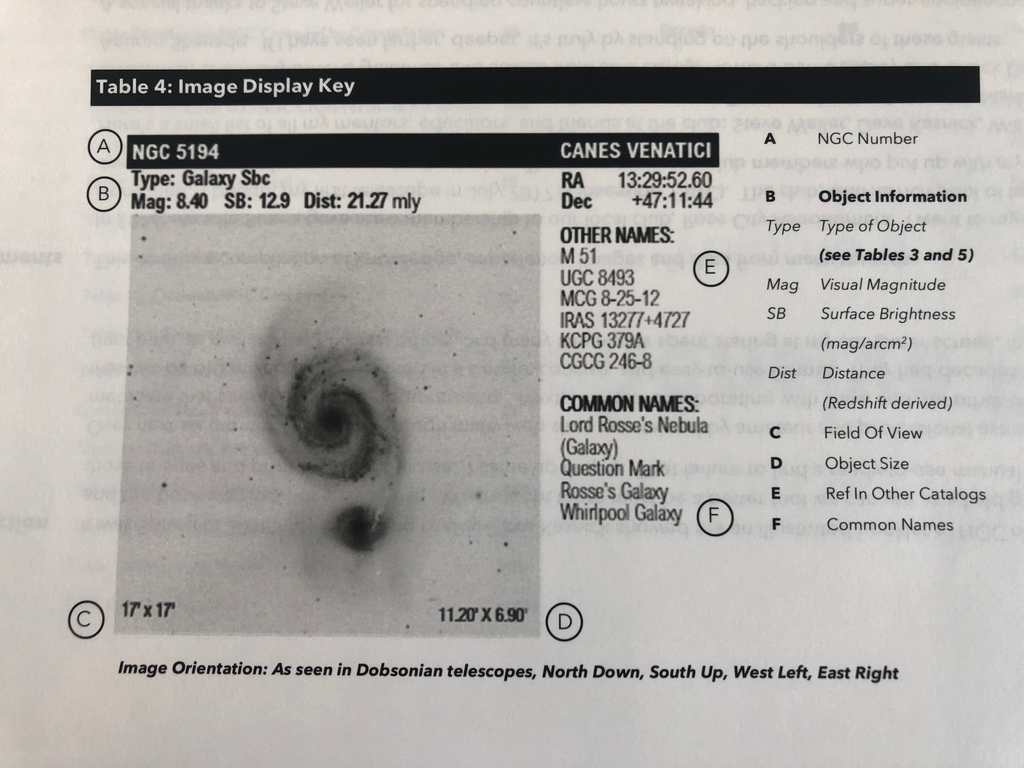The Primary Astronomical Catalogs

If you’re new to astronomy, you’ll quickly learn that all the objects we see in the night sky are extensively listed within one or several different astronomical catalogs. These include the Caldwell, Herschel, Abell, Sharpless and RCW catalogs and all of these catalogues reference 2 base catalogs, the New General Catalog (NGC) and the Index Catalog (IC). Both of these are the largest and most common of astronomical reference catalogs. You’ll should become familiar with and understand them because you will use them extensively to reference objects you’re searching for to observe and image.
William Herschel, with his sister Caroline Herschel assisting him published The Catalogue of Nebulae and Clusters of Stars in 1786, where objects were listed with the designation of CN. William’s son, John Herschel built on this work when he published the General Catalogue of Nebulae and Clusters or Stars and objects in this catalog used the designation of GN. Later in the early 1880s, astronomer John Louis Emil Dreyer created a supplement to John Herschel’s work.
In 1886, Dreyer suggested to the Royal Astronomical Society in England that a second update to Herschel’s work should be done. They disagreed; they wanted a completely new version of Herschel’s catalog. Dreyer agreed to do this but found that doing this was going to be a major challenge. He had to work with a lot of conflicting object report data from various astronomers who used a variety of telescopes using apertures from 2 inches to 72 inches. He had to check and confirm a number of observations himself but the vast amount of work to comb through meant that a lot of what turned out to be incorrect data such as position information and object descriptions were included in the work. The good news is that Dreyer was pretty thorough with his use of reference information which allowed future astronomers to use this information and make later corrections to the original work. The New General Catalogue of Nebulae and Clusters of Stars using the designation of NGC was finally published in 1888.
John Dreyer also published the first major update to the NGC in 1895 and called it the Index Catalog of Nebulae and Clusters of Stars using the designation IC. It is basically a summary of objects discovered between 1888 when the NGC was first published and 1907. This catalog was updated in 1912. There have been subsequent updates of both catalogs since then, one in 1973, and another around 1988. In the early 1990s, a collaboration was formed to identify all the NGC and IC objects and collect images and basic data on all of them. As best as I can tell, there are around 8,000 NGC objects and over 5,000 IC objects.
If you’re looking for a handy observing catalog of all the NGC objects, you’re in luck. Bhavesh Jivanlal-Kala Parekh, an amateur observer in the Oregon in the U.S. published an absolutely fabulous 4 volume reference guide called A Comprehensive Field Guide to the NGC. It contains a complete list of and metadata for almost 14,000 NGC and IC objects. The metadata includes images of what these objects will look if you were to observe them in a Dobsonian telescope. I’ve posted a sample of what the data looks like in the guide below:

The guide is broken up by Fall/Winter and Spring/Summer with 2 volumes for each period which means you will only need to use 2 of these for each session. The guides are 11 inches wide and 17 inches long. If you’re interested in getting a copy, go to the PDX Astronomy website.
Image Credits:
Messier 1, the Crab Nebula; Telescope Live, SPA-2 Telescope, Narrowband, combined data from Fall 2020 & 2021 Observations. Grab the data here.
